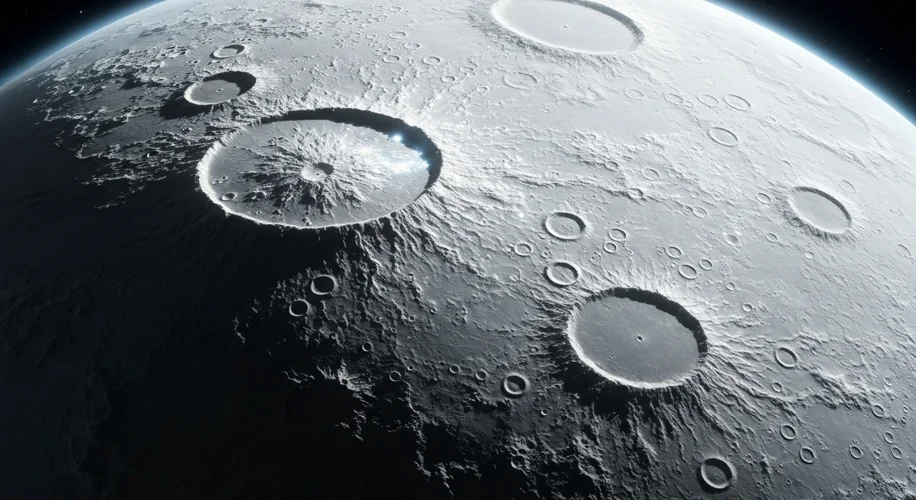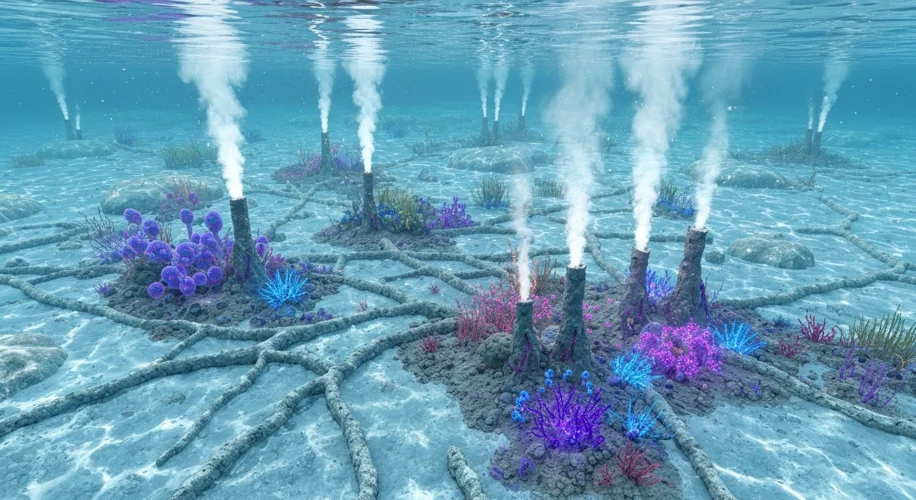For eons, the vast expanse of our solar system has held countless mysteries, whispering tales of cosmic origins and the potential for life beyond Earth. Among these celestial bodies, the dwarf planet Ceres, nestled in the asteroid belt between Mars and Jupiter, has long been a subject of fascination. But recent discoveries are painting a picture of Ceres not just as a rocky, icy world, but as a place that may have once offered a cradle for life.
Ceres, recognized as the largest object in the asteroid belt, is a world of contrasts. Its surface is a rugged tapestry of ancient craters, vast plains, and towering mountains, scarred by impacts and geological upheaval. Yet, beneath this seemingly barren exterior lies a compelling secret: water. Not just frozen ice, but evidence suggests that liquid water once flowed, and may still exist, deep within its interior.
The Dawn mission, which orbited Ceres from 2015 to 2018, provided unprecedented insights. It revealed bright spots, particularly in the Occator Crater, composed of sodium carbonate – a mineral often associated with the evaporation of briny water. This discovery strongly hinted at a past where subsurface oceans or reservoirs of salty water played a crucial role in shaping Ceres’s geology. Scientists theorized that cryovolcanism, or ice volcanism, could have brought these briny liquids to the surface, creating the striking deposits we see today.

But the story doesn’t end there. Further analysis of data from the Dawn mission, published in recent studies as of August 2025, has deepened the intrigue. These studies suggest that Ceres might have possessed a more substantial and long-lasting subsurface ocean than previously thought. The composition of its minerals and the structure of its icy crust point towards a dynamic past, possibly involving hydrothermal activity – a process where heated water circulates through rock, a key ingredient in the recipe for life as we know it.
Imagine Ceres not as a frozen, dead world, but as a geologically active body, perhaps thousands of years ago, with briny fluids percolating through its interior. This environment could have provided the necessary chemical ingredients and energy sources to support microbial life. The presence of ammonia-rich clays, for instance, detected by Dawn, could have acted as a catalyst for organic chemical reactions.
The implications of these findings are profound. For decades, the search for extraterrestrial life has largely focused on planets like Mars and moons like Europa and Enceladus. Ceres, however, emerges as another compelling candidate within our own solar system. It represents a different pathway to habitability – a dwarf planet, smaller and perhaps less dynamic than the gas giants’ moons, yet potentially capable of sustaining life in its watery depths.
The journey to understanding Ceres is far from over. Future missions, perhaps equipped with more advanced instruments to probe beneath the surface directly, could unlock even more secrets. The possibility that life, in its simplest forms, could have arisen on such a world forces us to reconsider our definition of habitability and the sheer potential for biology to find a foothold in the most unexpected corners of the cosmos.
As we continue to gaze out at the stars, and closer at our planetary neighbors, Ceres stands as a powerful reminder that the universe is still full of wonders, waiting to be discovered. It beckons us to explore, to question, and to imagine a cosmos teeming with possibilities, where even a small, distant dwarf planet might hold the echoes of ancient life.

